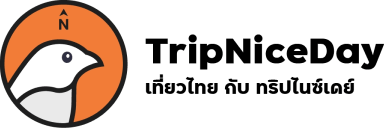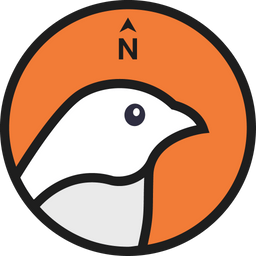Originally, the temple was fully named Wat Phrivasa Rajasongkram. Visitors attending the annual festivities often found themselves embroiled in conflicts. As a result, Phra Ajarn Wong decided to drop the "Rajasongkram" portion of the name, leaving it simply as "Wat Phrivasa." Interestingly, following this change, the frequency of disputes diminished significantly. Today, the original sign of Wat Phrivasa has been restored and is displayed along the Chao Phraya River, while an additional sign bearing the new name stands at the entrance along Rama III Road. Currently, Wat Phrivasa boasts many nationally recognized tourist attractions within its grounds, such as the benjarong plaster sculpture hall, a contemporary international art installation featuring deities, angels, hermits, giants, and creatures, as well as significant characters from famous epics like the Ramayana, the Three Kingdoms, and tales from diverse cultures including Kung Fu, cowboys, Vikings, King Arthur, pharaohs, samurai, and Native Americans. The creator intended this artwork to serve as a testament to the times, symbolizing that individuals of all races and religions can embrace and uphold Buddhism. Notably, there is also a plaster sculpture of David Beckham at the base of the hall, recognized as an "Unseen in Thailand." Wat Phrivasa Rajasongkram is situated along the banks of the Chao Phraya River in the Phra Nakhon district and along Rama III Road. Originally named "Wat Phrivasa," it may have started as a small monastery or temple built by wealthy patrons in the past, likely around the late Ayutthaya period to the early Rattanakosin period. Subsequently, during the reigns of Kings Rama II and III, there is evidence that Phra Myriad Sak Polsena established a temple by the western side of the canal. The temple's construction was overseen by Phra Ya Phetphichai (Kas), whose ancestry included skilled craftsmen passed down through generations. Phra Ya Phetphichai was the chief architect behind the construction of Phra Nakhon Khaen Khun (Phra Pradang) and the temple built there, which was later named "Wat Phichaiyont Pholsep" (Wang Naa). Phra Ya Phetphichai had a deep faith in Buddhism and desired to create a temple as a memorial. Thus, he sought royal permission to establish another temple opposite Wat Phichai, which was granted the name "Wat Prode Ketsittharam" (Wang Luang). Both of these temples were royal temples. In building these two temples, they were aided by another pivotal figure, Phra Ya Rajasongkram (Tat), a skilled builder and designer with a profound devotion to Buddhism. Once Phra Ya Phetphichai (Kas) and Phra Ya Rajasongkram (Tat) collaborated to create Wat Phichaiyont Pholsep and Wat Prode Ketsittharam by the riverside, they noticed another dilapidated temple on the opposite bank of Wat Prode Ketsittharam. They undertook its restoration until it was beautifully revitalized, naming it Wat Phrivasa Rajasongkram, incorporating their titles into the temple's name.
Photo Credit: Jirayu Limjinda
Wat Pariwat Ratchasongkram
Province: Bangkok Metropolis
Reviews from Members
Be the first to review this place
Contact Information
Phone Number
022-947-711
Website
http://www.bangkok.go.th/yannawa/page/sub/14450
Hour of Operation
- Monday:06:00 - 18:00
- Tuesday:06:00 - 18:00
- Wednesday:06:00 - 18:00
- Thursday:06:00 - 18:00
- Friday:06:00 - 18:00
- Saturday:06:00 - 18:00
- Sunday:06:00 - 18:00

